Normalized Noise Tests
For these tests, I set the cooler’s fan(s) to speeds with noise output at the following predefined levels: 20/25/30/35/40 dBA. I skip the corresponding tests if the cooler’s fan(s) cannot reach some noise levels. Finally, I include a test where the cooler’s fan(s) spins at full speed.
Intel Results
CPU Temperature
The temperatures are on par with those of other high-end coolers, but to get the complete picture, we have to look at the CPU frequencies as well.
CPU Frequency
The CPU frequencies are in the low positions of the graph, with other high-end but more expensive air coolers achieving notably higher speeds, from 60 MHz up to 105 MHz at 20 dBA.
CPU Wattage
CPU power consumption is among the lowest, which in this particular case isn’t good since it means that the CPU lowers its speed and voltage to keep the operating temperatures in control.
Cooler Exhaust Temperature
I measure the temperature at the exhaust side of the cooling solution.
AMD Results
CPU Temperature
The CPU temperatures are high because AMD CPUs, by design, operate at high temperatures under high loads, adjusting their frequency accordingly to exceed the desired TDP. This is why the temperature results alone don’t mean much in AMD processors; to have the complete picture, we also have to look at the average frequency and power consumption.
CPU Frequency
CPU frequencies are high enough. The Noctua G2 gets a significant lead only at full fan speed, but this cooler is also 4 dBA noisier than the Thermalright one.
CPU Wattage
CPU’s power consumption is high for air cooler standards.
Cooler Exhaust Temperature
Like in the Intel results, I measure the temperature at the exhaust side of the cooling solution.
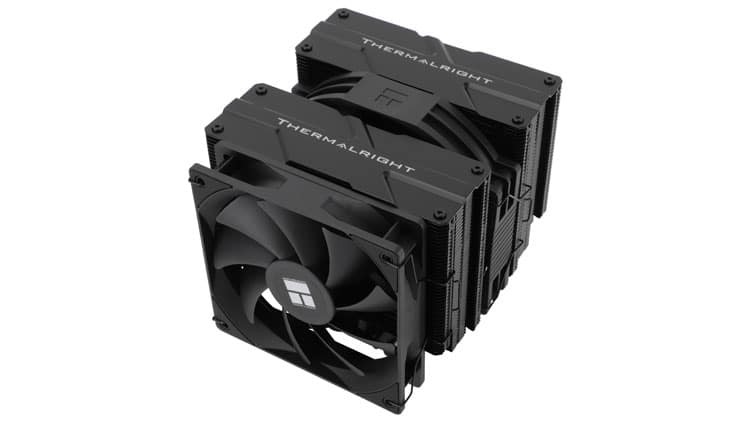
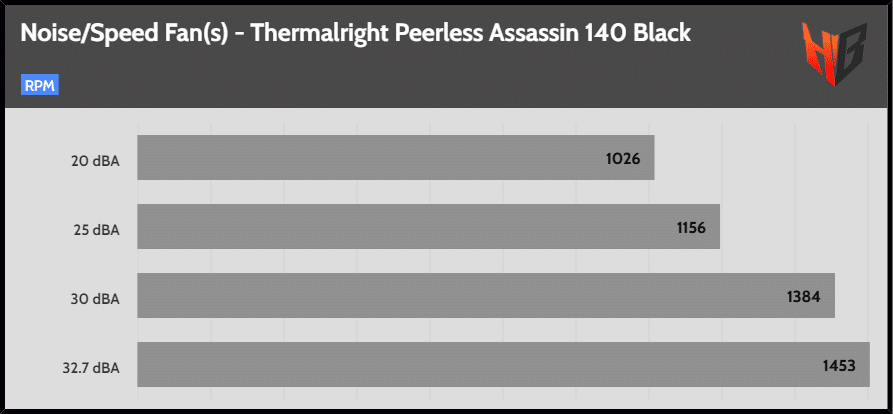
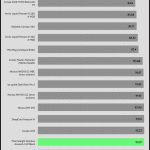
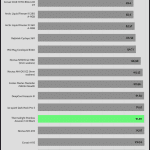
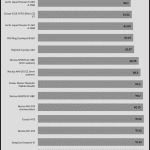
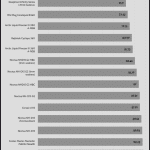
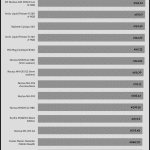

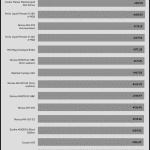
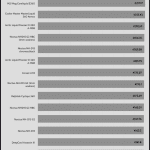
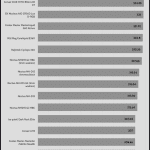

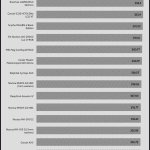
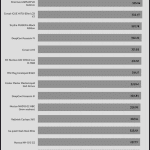
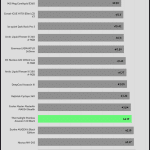

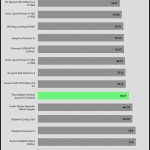
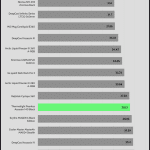
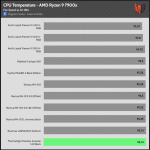
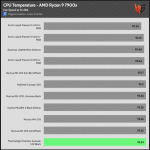
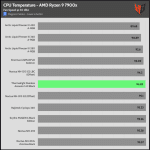
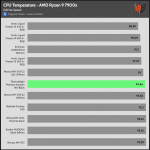
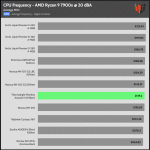
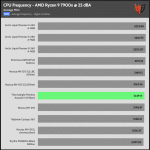
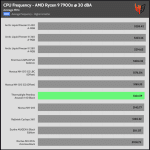
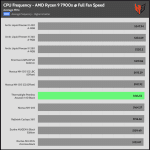
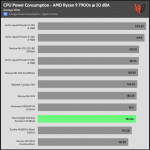

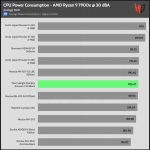
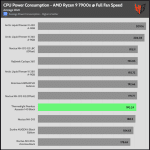
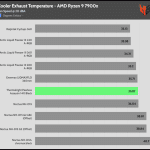
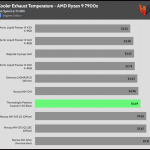
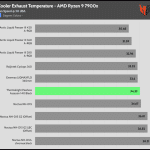
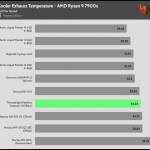
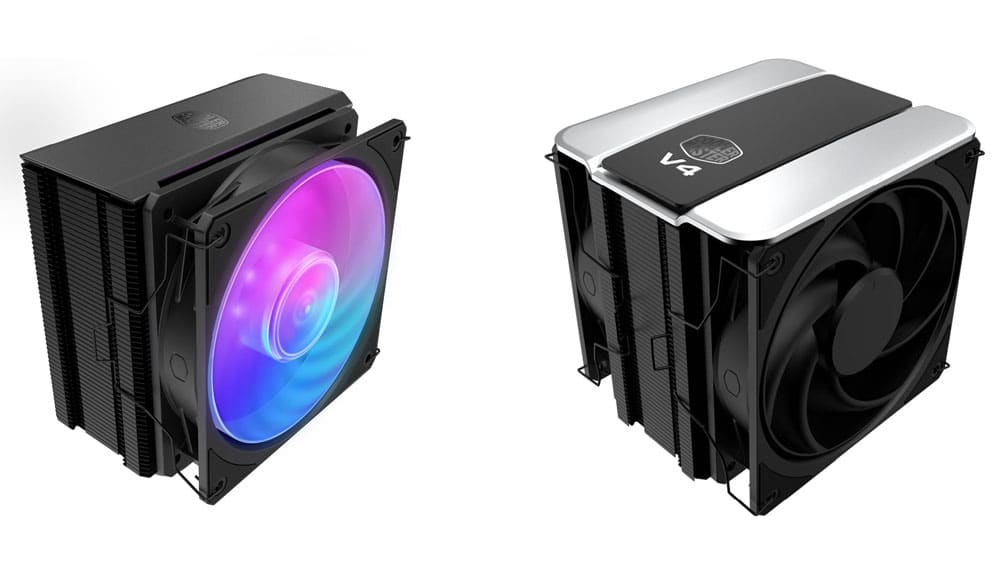
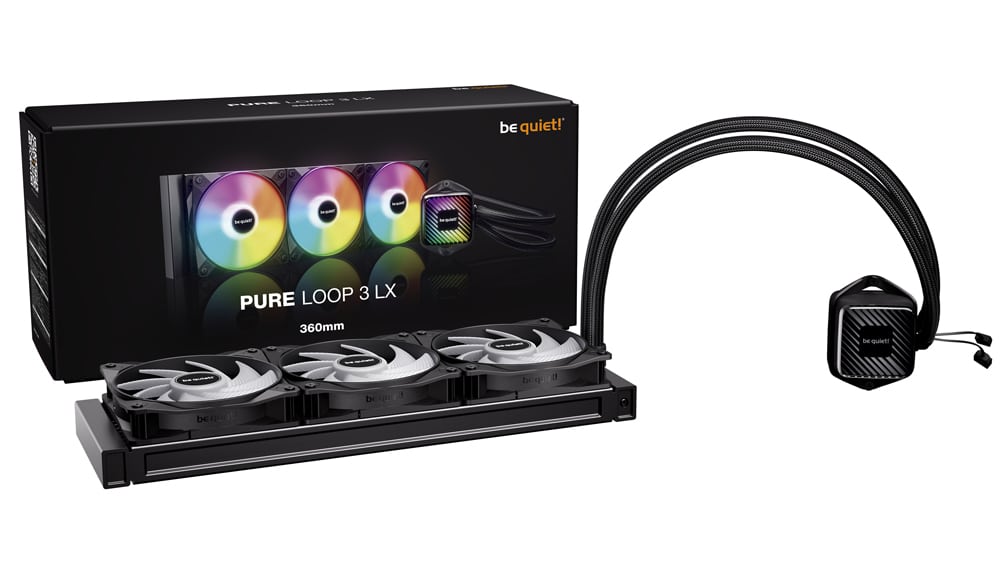
I think the low cost is because of the location of the company and of their manufacturing site. They can afford to undercut the competition (as any company based in most parts of E/SE Asia should be able to do), especially with China keeping the value of their currency artificially low to keep companies there.
It’s great to have your review since so many people blindly point to the PA120 nowadays for Intel, instead of remembering that it’s not the top Intel air cooler.
Honestly, after so many decades of heatsinks, I think the science is already out there as to optimal fin density, materials, etc. Asking for a ton of money, like Noctua always does after ripping off TR designs all those years ago, is a combination of the high cost of having a German-based company, and greed. It’s like when Linus justified the cost of his screwdriver with 2 years of research when there are better products out there are a fraction of the cost.
I think the only thing that is missing is results from overclocking and/or very hot CPUs. I suspect that the PA120 will not handle the hottest CPUs as well as they did in this test.
noctua comes from austria, idiot
Literally every heatsink/fan is made in China lmao, Noctuas are made in China too.
Kolink in Taiwan. Not China.